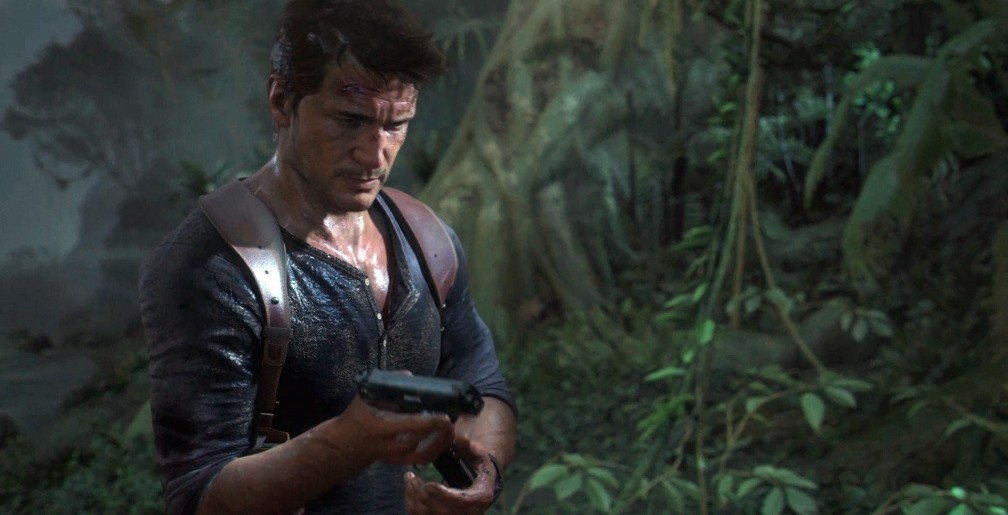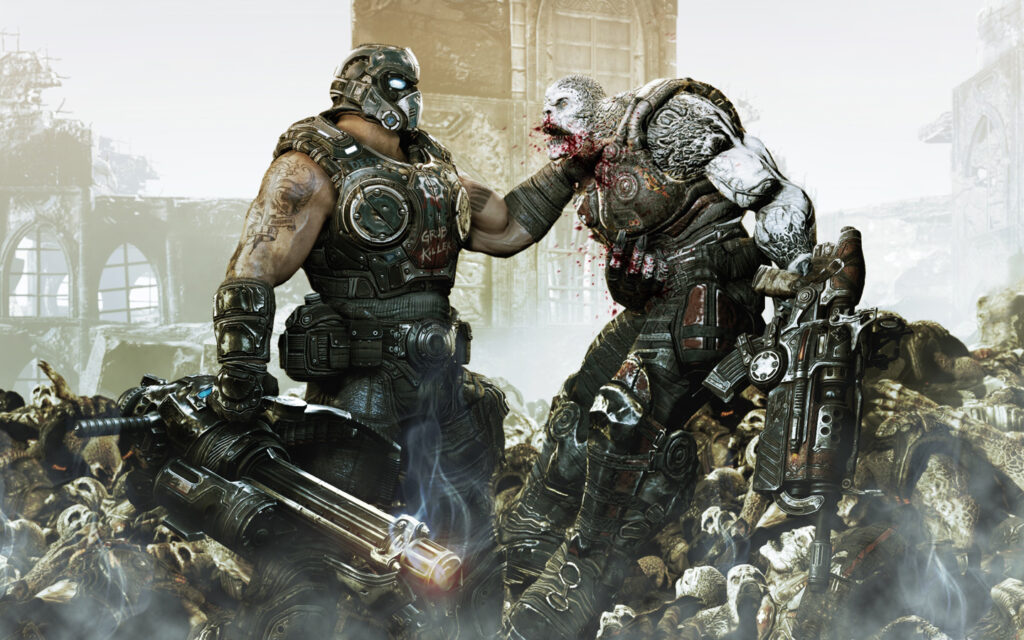
More people are realizing just how powerful video games are as a storytelling tool. Movies are fine and books are great too, but there’s just something about jumping into an interactive world where you can choose who to talk to and explore wherever your heart desires— within the limits of the game, of course.
Whether you’re playing a two-decade old role-playing title like Chrono Trigger or an atmospheric 3D first-person shooter like Bioshock, a story can sometimes be the reason you fall in love with a game. The following are some of the main ingredients you want to think hard on when developing your own video game, especially if you’d like players to be impacted by its narrative.
The Characters
“It begins with a character, usually, and once he stands up on his feet and begins to move, all I can do is trot along behind him with a paper and pencil trying to keep up long enough to put down what he says and does.” ― William Faulkner
First, and arguably most important, is the characters; especially the one who your player will be taking the role of throughout the adventure. Characters that players can relate to are the ones that act human, even if they’re actually a robot, fantastical creature, or something else familiar. Unless they have a backstory, strengths, weaknesses, and genuine intentions, your characters will feel fake and uninteresting.

When building a character, start by settling on an idea of where they come from. Were they born to the king of a powerful kingdom or a humble father barely surviving by tilling the land? From there, come up with their personality, their skills, and what they look like. Even a life-changing event that occurred prior to the game’s story can help shape who your character/s are.
The World
“Focus on building worlds where you’d like to spend time, no matter who you are in the game. When franchises don’t succeed is because the focus is too narrow from the outset, too singular. I think Halo from the very beginning was an IP where you could tell any story you wanted.” — Joseph Staten
Next up is deciding what the world of your game will be. The world is obviously very important to the story since it will determine what the player will encounter. Since this step can sometimes feel overwhelming, it’s a good idea to separate your world into different pieces and them put them together.
For example, after deciding on a time and setting, think about what cities/villages exist and who live there. Are there nations or kingdoms present? And if so, are they at war? Why? Thinking about what technologies exist can also help you come up with cool story events and even gameplay mechanics. Note that it might not be until you’re world-building that you really start fleshing out your characters.
The Main Conflict
“The world is indeed full of peril, and in it there are many dark places; but still there is much that is fair, and though in all lands love is now mingled with grief, it grows perhaps the greater.”
― J.R.R. Tolkien, The Fellowship of the Ring
Almost every good story, whether it be from a book, film, or game, pushes an overarching conflict. Without it, the characters would have nothing to fight for or have no need to develop. This is especially important in video games since most of them have enemies you must defeat. But if the “enemy” or problem the character is facing isn’t interesting, you’ll have a hard time captivating players with your story.

In JRR Tolkien’s The Lord of the Rings, a book/film trilogy you’re probably familiar with, the main conflict is the struggle to destroy the Ring while making sure Sauron doesn’t obtain it. The characters face Black Riders, Saruman’s army, and even themselves (Boromir failed) to make sure they overcome the conflict. If you can write a main problem for your story that has players caring about the characters and world, you’re on the right path.
[su_note]Learn the skills you need to succeed as a game designer at the Game Design School at the New York Film Academy by clicking here.[/su_note]
